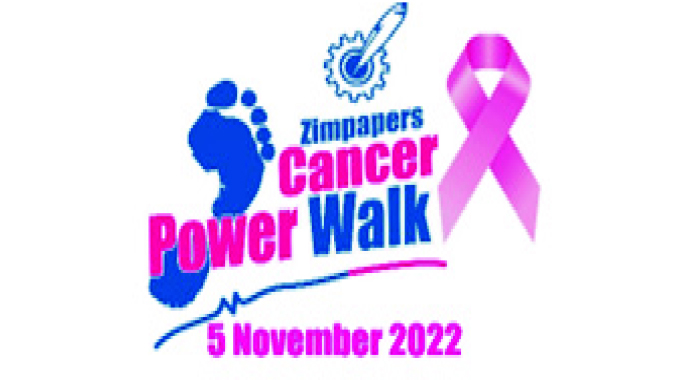HPV, genital warts and cancer

Compiled by Chenjerai Bhodheni
How is Human papillomavirus (HPV) treated?
Viruses are naturally difficult to treat, and in most instances, it is the symptoms that are managed to reduce the severity of the virus infection. There’s no treatment for the HPV virus and most infections do not cause any problems. Treatment is needed if HPV causes problems like genital warts or changes to cells in the cervix. The sooner genital warts are treated, the easier they are to get rid of. The warts can be removed using creams, freezing or heating. This depends on the type of warts and where they are located. You should always check with a healthcare worker before using treatments for genital warts.
Although these treatments can remove the warts themselves, there’s no cure for the virus that causes the warts. Some people’s bodies, however, can clear the virus over time.
Cancer-causing HPV (high-risk HPV): if a cervical screening test shows you have abnormal cells on the cervix, it may be necessary to remove them so that they don’t develop into cancer.
There are two advantages of being screened early. Firstly, to identify and remove pre-cancerous lesions caused by HPV. These are removed to prevent invasive cancers from developing. Early screening also means that cervical cancers can be found at an early stage, when they can usually be treated successfully with surgery.
Preventing HPV
There are a few things that can help decrease the risk of getting HPV. Vaccines are available to prevent certain types of HPV that cause most cases of genital warts and cervical cancer, as well as some other cancers. These are often offered to adolescent girls, and in some countries, people with HIV (not a very common practice in Zimbabwe). It is best to have the vaccine before you start having sex, although it’s sometimes possible to get the vaccine later in life (you may ask a healthcare worker to find out if you can get the HPV vaccine where you are).
Remember, while others may suggest using a condom, HPV can affect areas not covered by a condom, so you’re not fully protected.

Having regular STI tests is one of the best ways to look after your sexual health. If you are having sex with multiple partners, it’s even more important to use condoms and get tested regularly even if you don’t have any symptoms.
Taking pre-exposure prophylaxis (PrEP), the contraceptive pill or any other type of contraception — apart from condoms — won’t protect you from HPV and other STIs.
The most predisposing factor to HPV is having multiple sexual partners where the chances of having a sexual partner who is a carrier are high.
When HPV causes cancer, the patient will need to have treatment as soon as possible. The earlier treatment is started, the higher the chances of surviving the cancer. In Zimbabwe, a low-income country with little or no access to diagnostic and treatment equipment in an affordable way, most cancers will progress to a stage where absolute treatment will be unachievable. In this regard, the patient may end up experiencing a considerable amount of suffering with pain and other distressing symptoms.
There seems to be very little awareness among the population groups who are most at risk of HPV infection and this aspect, if strengthened can improve early detection and treatment outcomes. However, in patients with illnesses causing pain and other distressing symptoms, they will require access to palliative care.
About palliative care
This is an approach aimed at improving the quality of life of patients and families faced with problems associated with life-threatening illness through the prevention and relief of suffering by means of early identification and correct assessment and treatment of problems which may be physical, psychological, social or spiritual.

World Health Organisation (WHO)
To achieve the improvement of quality care, the approach must be multidisciplinary meaning various medical professionals come together in the management of the patient and offering support to the family as well. The concept of palliative care is one which is still poorly understood even among health professionals thus, families must always demand to access this service which in many instances has helped patients and/or families to understand in detail what it means to be living with and caring for a person with a serious health-related illness.
The World Health Organisation acknowledges the need for palliative care and therefore defined it as, “an approach that improves the quality of life of patients (adults and children) and their families who are facing problems associated with life-threatening illness. It prevents and relieves suffering through the early identification, correct assessment and treatment of pain and other problems, whether physical, psychosocial or spiritual (WHO, Aug 2020).”
For partnership in the 2022 Zimpapers Cancer Power Walk call Public Relations & Communications Manager, Pauline Matanda 0715 679405 or email [email protected].












Comments